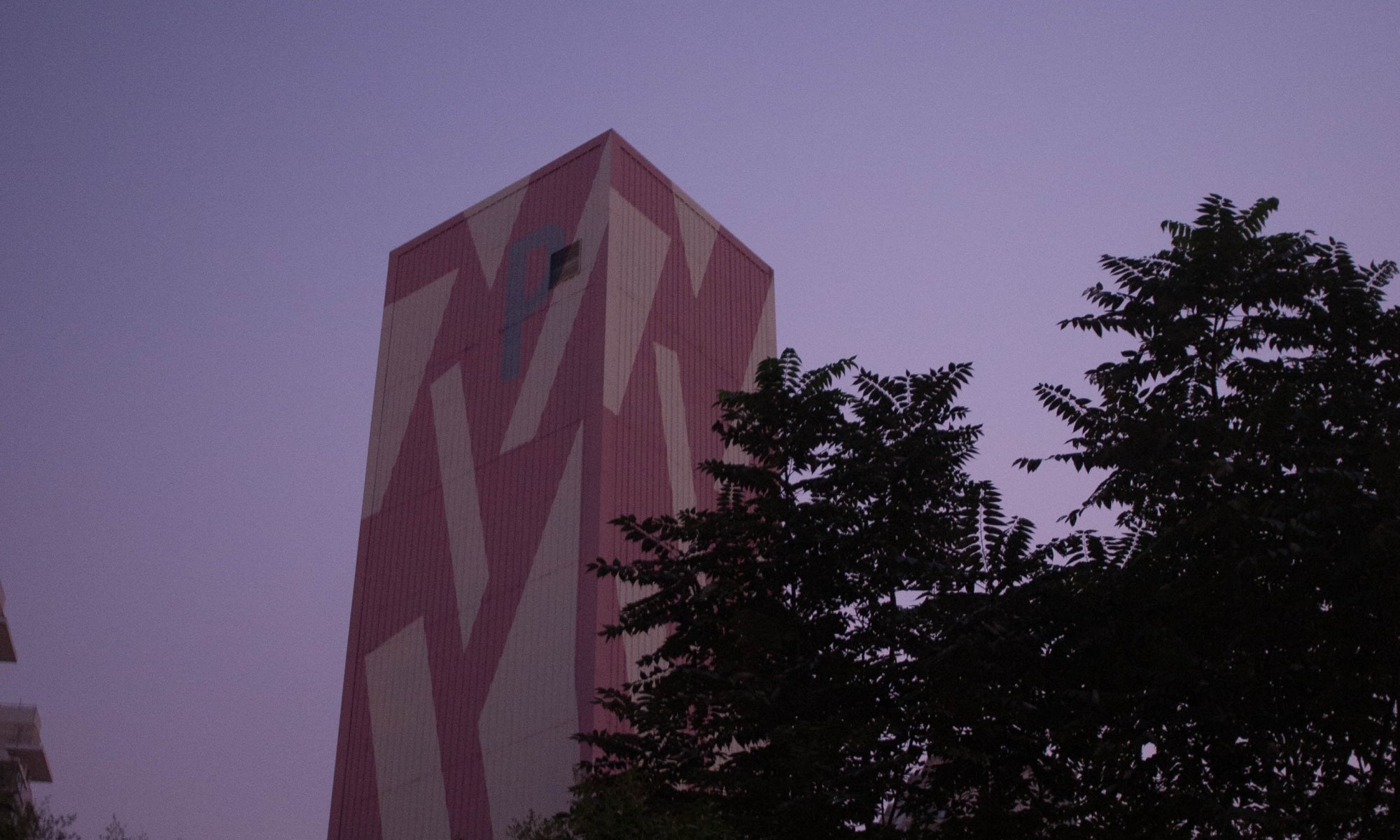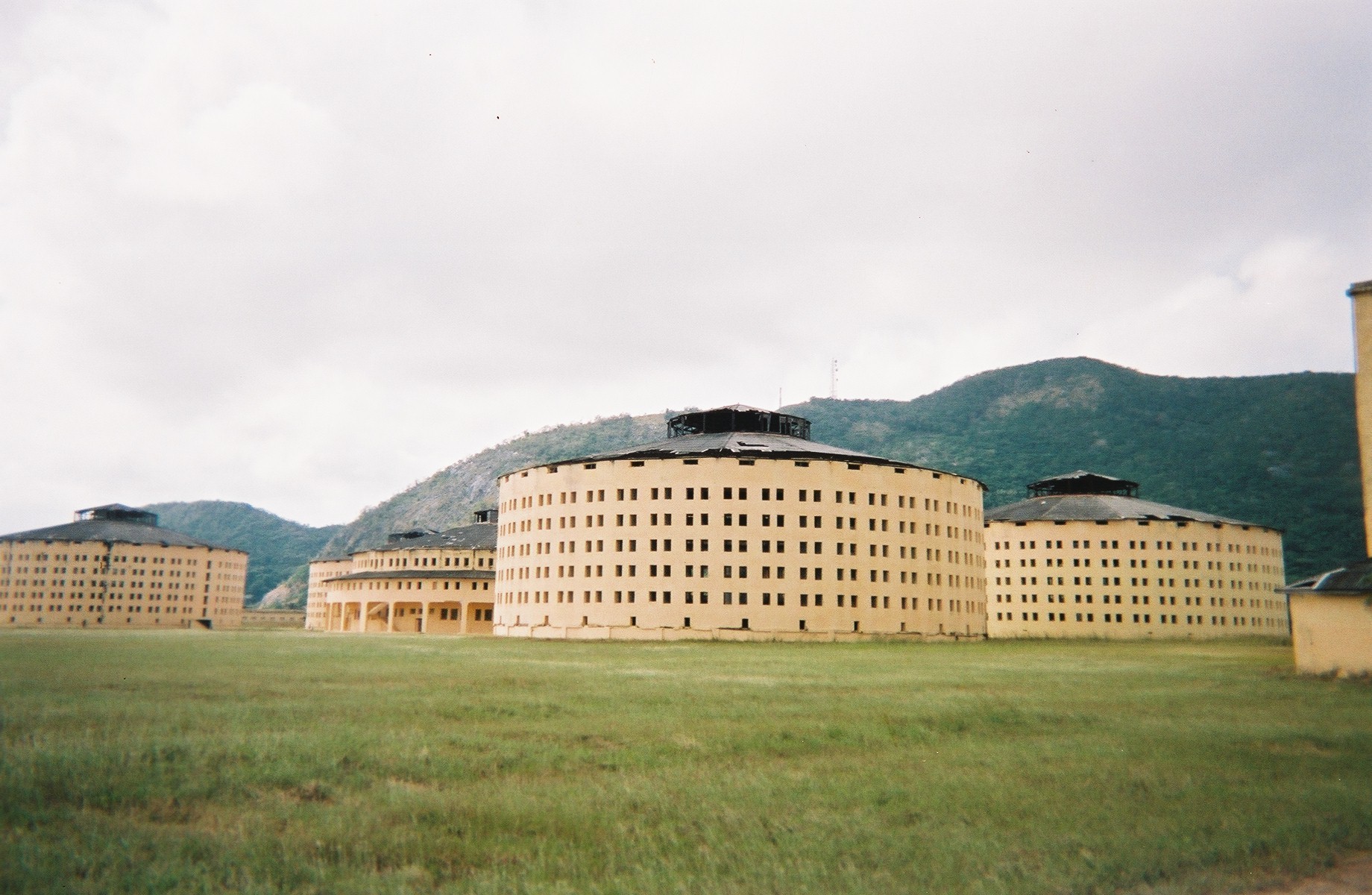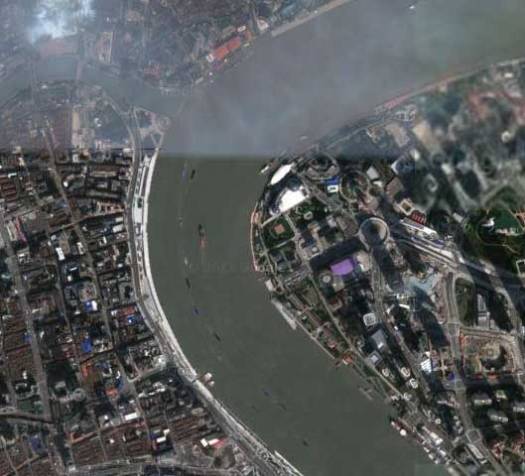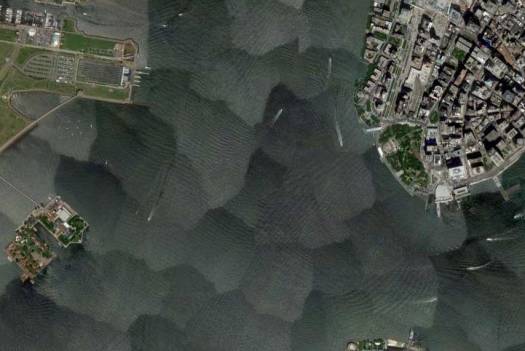A military parade is a display not only of state power, but also of social order. Indeed, it is an apotheosis (or dystopia) of social order, reducing a dynamic, diverse citizenry into columns of soldiers, marching in unison, dressed in matching fatigues, saluting their commander, embodying the monolithic nation. A military parade is a fantasy fit for kings—a live performance of what James Scott calls “seeing like a state.” If only citizens marched and saluted like soldiers, thinks the king to himself. If only society could be arrayed in perfect rows and matching colors. If only the stock market would rise steadily like a flock of a thousand pigeons. If only history of and since 1945 were the story of how fascism was defeated and world peace was protected. —John Delury in ChinaFile, Sept 2nd 2015
Slime Mould, Transportation Efficiency, Cities
Solving mazes, recreating a resilient transport network for Tokyo:
Cycling: Shanghai to Chongming Island
Hong Kong / Shanghai
The Cyclist’s Survival Guide in Shanghai
Presidio Modelo Prison (Cuba)
BKK To SG
Hello All!
For the next month, I will be on a bike tour from Bangkok to Singapore. You can follow my trip at
Wang Shu’s Ningbo Museum (2008)
Ningbo Museum, Ningbo, China — Architectural Meditations on History
Video From the Bullet Train, West of Shanghai
A brief picture of the endless development of Shanghai. 100kms outside of the city limits, between Wuxi and Shanghai North Station. South facing on the Bullet Train.
Continue reading “Video From the Bullet Train, West of Shanghai”
On Spaces of Collective Imagination, Modernity and Movement
On Collective Spaces of Imagination
Inhabiting a space of acute collective imagination gives pause for thought. Whether in the lobby of a gilded hotel, or under the vault of a cathedral, spaces of collective imagination make present the unresolved relationship between material culture and individual experience. The logic of the social announces itself acutely and undeniably as different people, from different places, are united by an ineluctable force. Crises, holidays and certain arrangements of material elements cut through monadic cynicism.
Shanghai is a sprawling city. My experience of 10 million + cities is that they shirk resolution in to unities. While small / medium cities afford a concrete sense of the soul and center, the most I can assemble from Shanghai is a collection of inadequate glimpses. The parts here are unquestionably less than the whole, and will likely never amount to it, no matter the scope of one’s collection.
Consequently, establishing a center is a problematic exercise. Nonetheless, the Bund (a sort of old-world grand boulevard) and Pudong (a sort of hyper-modern Shanghai Canary-Wharf) function as the de facto centers. Both centers face one another, from opposite sides of the Huangpu river. The Bund is the east-most part of old-Shanghai, and Pudong is the West-most part of new-Shanghai.
Along the river, Bund-side, is an elevated observation deck that teems with people.
On the Bund-observation deck, I was overtaken with the realization that between Old-Shanghai (Pushi) and New-Shanghai (Pudong) a space of collective imagination emerges that concentrates the global spirit of emergent Chinese power and modernity. Tellingly, in the above picture, the arrangement of seating is such that people sit with their backs to Old-Shanghai, and look out on the new:
Bifurcated by the river, I imagined ourselves Pushi-side as part of a great ship, rolling in to Pudong like immigrants to New York in the 1900s. A strange thought, to invest static spaces with the dynamism of trans-Atlantic sea travel.
A strange thought, but somehow justified. Certain spaces of collective imagination participate in the static, or the dwindling. The last breath of summer, a statue garden. What distinguishes the collective-imagination space of the modern, of the new, is its ability to suffuse its beholders with dynamism and motion. Looking out over Pudong, every moment the skyline grows incrementally closer.

















